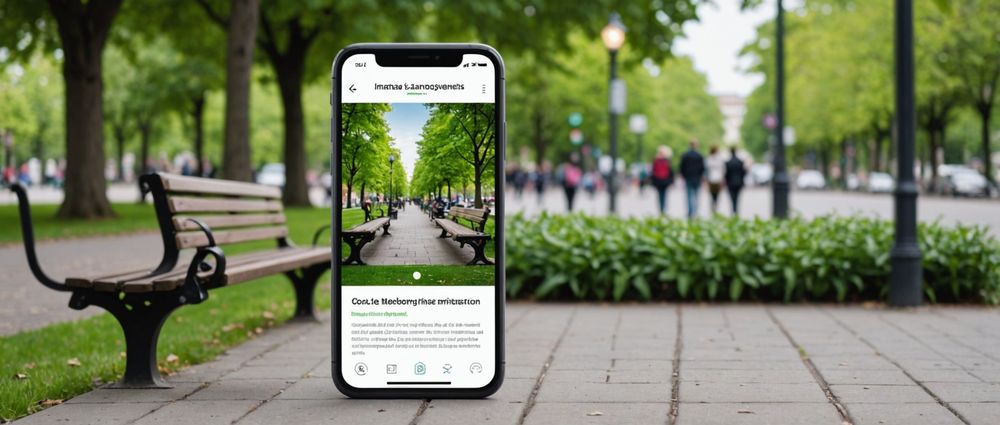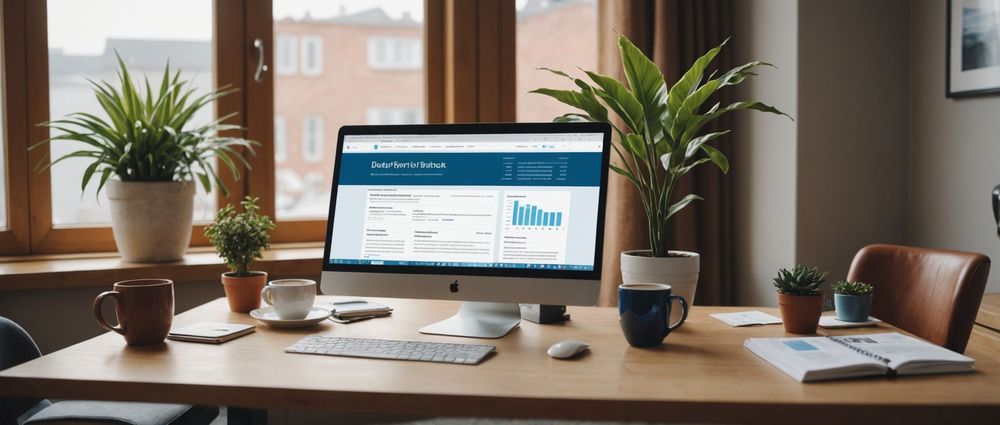15 Stats to Keep in Mind When Planning a Website Redesign in 2024

Planning a website redesign in 2024? It’s essential to stay updated with key statistics and trends to ensure your site not only looks good but also performs optimally. In this article, we will explore 15 vital statistics that every web designer and business owner should consider when embarking on a website redesign project.
1. Mobile-First Indexing

As of 2024, over 60% of website traffic is generated from mobile devices. This makes mobile-first indexing more critical than ever. Google predominantly uses the mobile version of content for indexing and ranking, meaning a poor mobile design can significantly hurt your SEO. Ensure your redesign prioritizes a responsive, mobile-friendly design to capture and retain your audience.
2. Page Load Speed

Did you know that a one-second delay in page load time can lead to a 7% reduction in conversions? Google emphasizes page speed as a crucial ranking factor. In 2024, users expect websites to load in 3 seconds or less. Enhancing your site’s speed by optimizing images, leveraging browser caching, and minimizing HTTP requests should be a top priority in your redesign.
3. User Experience (UX)

90% of users report leaving a website due to poor user experience (UX). Elements such as intuitive navigation, clear call-to-actions (CTAs), and engaging content are more important than ever. Ensure your website redesign focuses on creating a seamless, intuitive experience that guides users effortlessly through the buying journey.
4. E-commerce Growth
With the e-commerce market expected to exceed $5 trillion in 2024, optimizing your website to capture online sales is crucial. Beyond a visually appealing design, consider integrating secure payment gateways, user reviews, and personalized recommendations to enhance the shopping experience. This not only boosts sales but also fosters customer loyalty.
5. SEO Best Practices
Investing in SEO is paramount for your website’s success. In 2024, several key statistics and strategies should influence your redesign:
- Voice Search: 55% of households are expected to own a smart speaker, impacting search queries.
- Video Content: Websites with video are 53 times more likely to rank on the first page of Google.
- Featured Snippets: Optimizing for featured snippets can increase your organic traffic by 30%.
- Local SEO: 46% of all Google searches are for local information. Ensure your site is optimized for local SEO.
- Backlinks: High-quality backlinks remain a vital ranking factor. Aim to secure authoritative, relevant backlinks.
Incorporate these SEO best practices to ensure your website performs effectively and ranks well in search engine results.
Conclusion
Redesigning your website in 2024 requires careful consideration of emerging trends and key statistics. From prioritizing mobile-first indexing and improving page load speed to enhancing user experience and optimizing for SEO, each element plays a pivotal role in your site’s success. By leveraging these 15 statistics, you can create a modern, efficient, and engaging website that meets the demands of today’s users and search engines alike.
FAQ
1. Why is mobile-first indexing so important?
Mobile-first indexing is crucial because a significant portion of users access websites via their mobile devices. Prioritizing mobile-friendly design ensures your site performs well in search engine rankings and provides a better user experience.
2. How can I improve my website’s load speed?
Enhancing load speed involves several strategies:
- Optimizing images.
- Leveraging browser caching.
- Minimizing HTTP requests.
- Using content delivery networks (CDNs).
- Compressing files.
3. What are some key elements of a good user experience (UX)?
Key elements of a great UX include intuitive navigation, clear and engaging call-to-actions (CTAs), fast load times, mobile responsiveness, and high-quality content that meets user needs.
4. How does video content impact SEO?
Video content significantly impacts SEO by increasing user engagement and dwell time on your site. Websites featuring video content are 53 times more likely to rank on the first page of Google search results, making it a valuable addition to your content strategy.
5. What is the significance of local SEO?
Local SEO is essential for businesses targeting local customers. With 46% of all Google searches looking for local information, optimizing your site for local SEO ensures you appear in search results relevant to your geographical area, driving more foot traffic and local business.